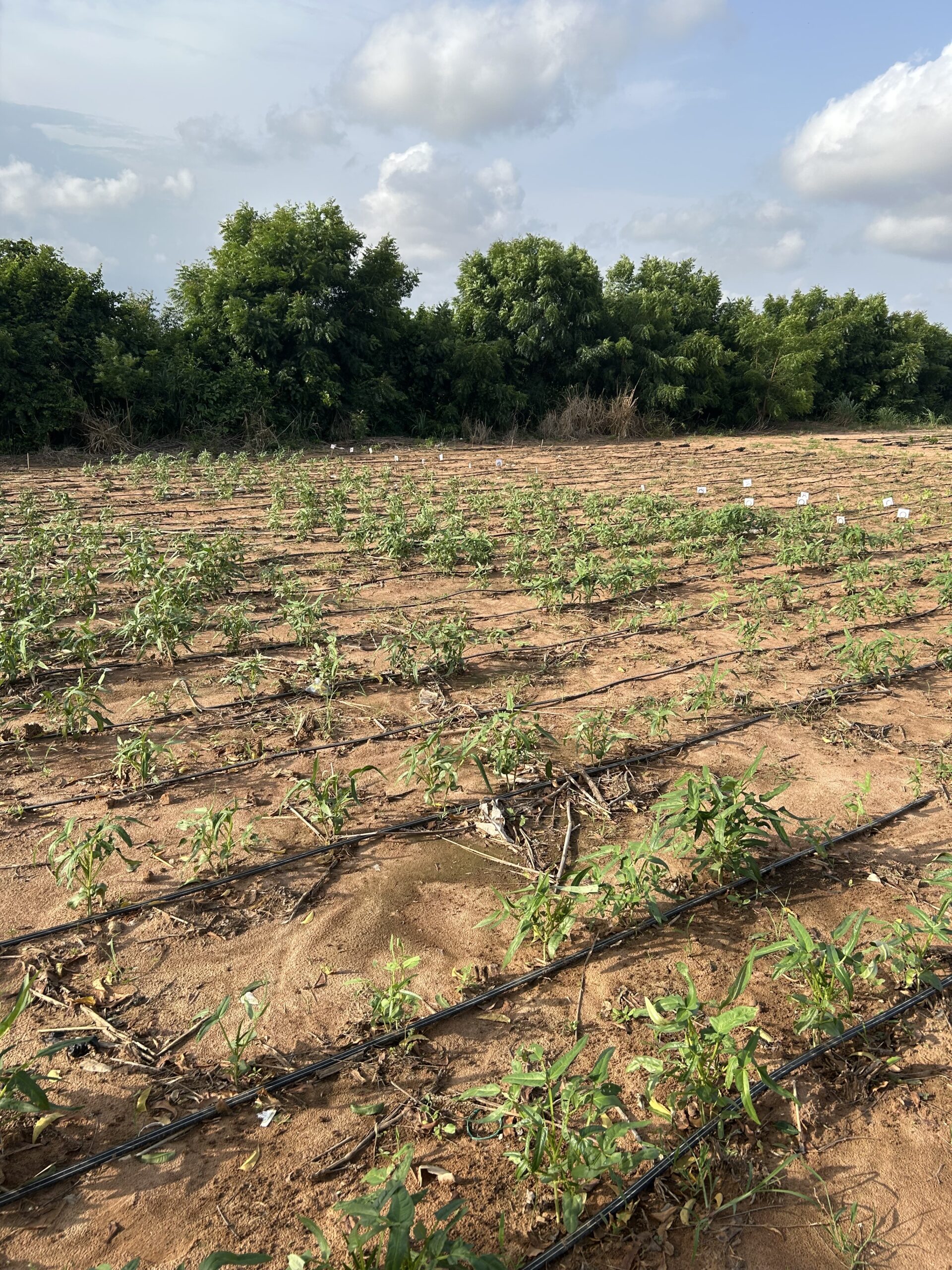New paper in Nature Food: Improved Assessment of Climate Risks for Agriculture
By Yean-Uk Kim, Alex C. Ruane, Robert Finger & Heidi Webber*
29 May, 2025
Climate change implies a higher intensity and frequency of extreme weather events, such as heatwaves, droughts and excessive rainfall, which push the world’s food systems to their limits. In a recently published paper in Nature Food (Kim et al., 2025), we argue that current crop–climate risk assessments do not capture all of these expected impact responses, which limits our ability to transition to a more sustainable food production system. Process-based crop models are key to exploring current and future agricultural systems to identify, evaluate, and prioritize adaptation and mitigation opportunities. While there has been significant progress in modelling some of the most prominent effects of climate change on agriculture, such as gradually rising temperatures, CO2 concentration increases, shifts in total rainfall and drought, we have fallen short in understanding the impacts of many extreme events that may limit future agricultural productivity and food security.
Some key risks are not well reflected
Current process-based crop models and risk assessments often rely on models calibrated and configured with historical field experiments and yield data. However, as climate patterns shift, yesterday’s weather no longer predicts tomorrow’s, and likewise the farms producing food for our children and grandchildren may be quite different from our farms today. In other words, the past is becoming an unreliable guide to the future. In addition to traditional bias-adjusted climate model projections that suffer from issues of coarse resolution, one solution has been to use stochastic weather generators — tools that create synthetic weather data based on patterns such as average temperature or rainfall. While useful, these tools often fail to paint a complete picture. They struggle with tail risks — those rare, devastating events that lie at the edges of the statistical distribution. They also fail to capture how compound and sequential extremes, which are more likely to occur with climate change, will influence food systems. Recent advances in computing now enable us to simulate large numbers of possible future weather scenarios using climate models. However, these remain underused in agriculture, partly due to the significant computing power required and the lack of guidance on the level of detail and size that these simulations should have.

Photo credit: AgMIP
Models need an upgrade
Even if we had perfect climate data, many crop models would still be inadequate for risk assessment. Having seen significant improvements for average climate effects, they often do not consider key stressors associated with extreme events, such as waterlogging, frost, pests, disease, and combinations of these risks. These are all likely to become more common or severe due to climate change.. That current models lack these events is partly due to the sheer complexity involved. How can you simulate every possible combination of stressors at every possible intensity and time of year? Traditional field trials cannot handle that level of variety. These issues are a primary focus for the research and applications community, with devoted initiatives within the Agricultural Model Intercomparison and Improvement Project (AgMIP; www.agmip.org), with enhanced attention likely to accelerate progress and utility for adaptation planners. We propose two approaches: (1) conducting more sophisticated regression experiments to test a wider range of variables and (2) leveraging large-scale data collection directly from farms using new technologies such as remote sensing and smart sensors, together with farmers. By combining these data-rich methods with advanced machine learning, we hope to build hybrid models that blend the realism of mechanistic crop science with the pattern-spotting power of artificial intelligence (AI).
Beyond Yield: The Bigger Picture
Finally, risk assessments must account for trade-offs between different sustainability aspects, such as yield levels, profitability, nutrient losses, and greenhouse gas emissions. For instance, a farming practice might increase yield but also increase nitrogen runoff, thereby polluting water bodies. Alternatively, it might reduce greenhouse gas emissions but result in lower profits. Balancing these trade-offs and co-benefits across different crops, regions, and time frames adds another layer of complexity. Likewise, co-benefits are possible between adaptation and mitigation benefits as well as synergies with other Sustainable Development Goals. This also highlights the need for better tools to visualise joint probabilities — the likelihood of multiple impacts occurring simultaneously.
A range of socio-economic factors must be considered when designing appropriate risk management portfolios, which consist of risk reduction through agronomy and improved genotypes alongside economic instruments such as insurance, novel credit mechanisms, and/or agricultural diversification. When the global agricultural modelling community rises to these challenges, it creates an opportunity to reduce risk and prioritise investments at farm and policy levels, thereby supporting the transition to more sustainable, economically viable, and equitable farming systems.
Additional Resources:
Study: Kim, Y.-U., Ruane, A.C., Finger, R. Webber, H. Robust assessment of climatic risks to crop production. Nature Food (2025). https://doi.org/10.1038/s43016-025-01168-1
Free Access: https://rdcu.be/elbbg
Authors: Yean-Uk Kim (Leibniz Centre for Agricultural Landscape Research (ZALF), Germany), Alex C. Ruane (NASA Goddard Institute for Space Studies, USA) Robert Finger (ETH Zürich) & Heidi Webber (ZALF and Brandenburg University of Technology, Cottbus, Germany). Contact: webber@zalf.de
